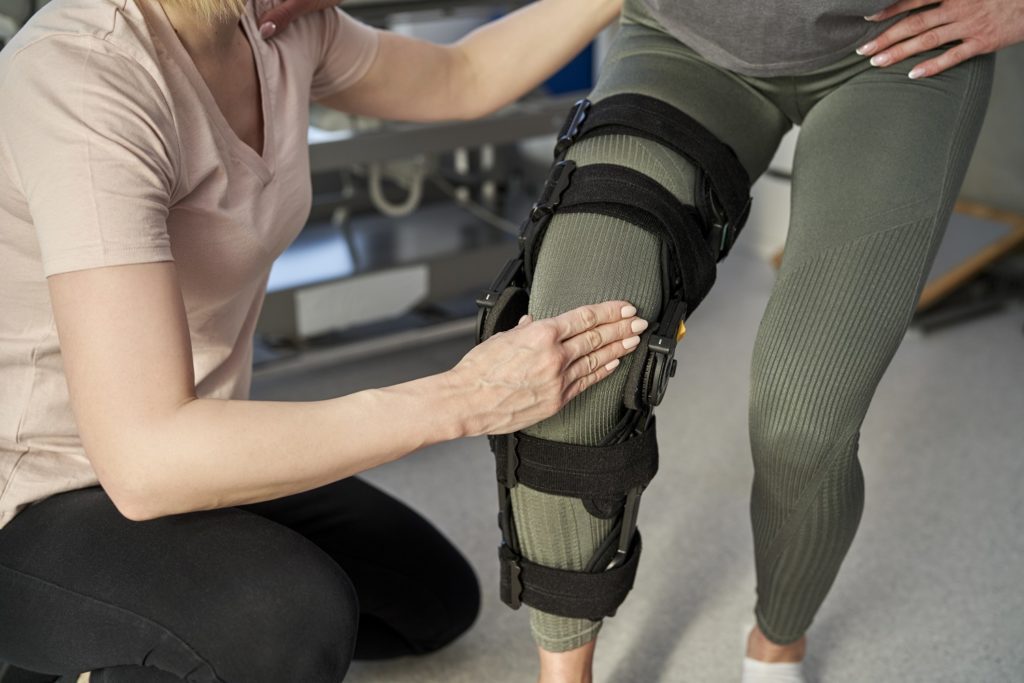Grasping the Commonest Conditions Managed by Rehabilitative Therapists in Effective Rehabilitation and Recovery
Grasping the Commonest Conditions Managed by Rehabilitative Therapists in Effective Rehabilitation and Recovery
Blog Article
Physical therapists have a crucial role in aiding people heal from various afflictions that influence their physical activity and general physical health. These healthcare specialists are trained to assess, determine, and manage a broad range of orthopedic and neurological conditions. A few of the frequent issues treated by physiotherapy therapists comprise sports injuries, arthritis, post-operative recovery, cerebrovascular accident healing, and persistent suffering. Understanding these issues can help individuals create knowledgeable decisions about their rehabilitation and treatment journey.
Athletic traumas are widespread among athletes of all age groups and skill levels. These damages can occur during training or competition and frequently include twists, strains, fractures, or tendon inflammation. Physiotherapy professionals work with sports players to create personalized rehabilitation plans that focus on recovering strength, mobility, and balance. These professionals additionally teach athletes on trauma avoidance techniques, such as proper warm-up exercises and body movements, to lower the chance of subsequent injuries. Through managing athletic injuries effectively, physical therapists assist athletes return to their activities without risk and effectively.
Joint inflammation is an additional frequent condition that physiotherapy professionals often treat. This persistent disease causes swelling in the joints, leading to discomfort, stiffness, and decreased mobility. Physiotherapy professionals utilize various techniques, like therapeutic workouts, manual therapy, and modalities like heat or cryotherapy therapy, to reduce symptoms and boost articular function. These professionals also offer education on lifestyle changes, such as body mass management and exercise modifications, to assist people control their joint inflammation more successfully. By means of a personalized strategy, physical professionals enable people with arthritis to keep an dynamic and satisfying lifestyle.
Post-operative recovery is crucial for investigate this site individuals recovering from surgeries, including articular replacements or tendon reconstruction. After surgery, individuals frequently undergo discomfort, inflammation, and limited mobility. Physical therapists create rehabilitation plans that concentrate on rehabilitating range of motion, strength, and function. They lead people through exercises that promote healing and assist them recover self-sufficiency in daily tasks. Through closely monitoring advancement and changing therapy programs as necessary, physical therapists play a crucial function in guaranteeing a effective recovery after surgery.
Cerebrovascular accident healing is a challenging journey that often requires the expertise of physiotherapy therapists. A cerebrovascular accident can lead to major bodily limitations, including loss of strength, stability problems, and difficulty with coordination. Physical therapists assess each individual's unique needs and formulate tailored therapy programs to manage these problems. They utilize exercises and activities created to improve power, balance, and movement, assisting individuals retrieve their self-sufficiency. Moreover, physiotherapy therapists provide support and information to both the individuals and their families, fostering a joint method to healing.
Long-term pain is a problem that influences many people and can significantly influence their quality of life. Physical professionals utilize a diversity of techniques to assist handle chronic discomfort, like physical treatment, hands-on treatment, and education on pain control strategies. They collaborate with patients to find the underlying sources of their discomfort and create a comprehensive treatment plan that manages both physical and emotional aspects. By supporting patients with information and successful coping strategies, physical professionals help them recover control over their existence and boost their general well-being.